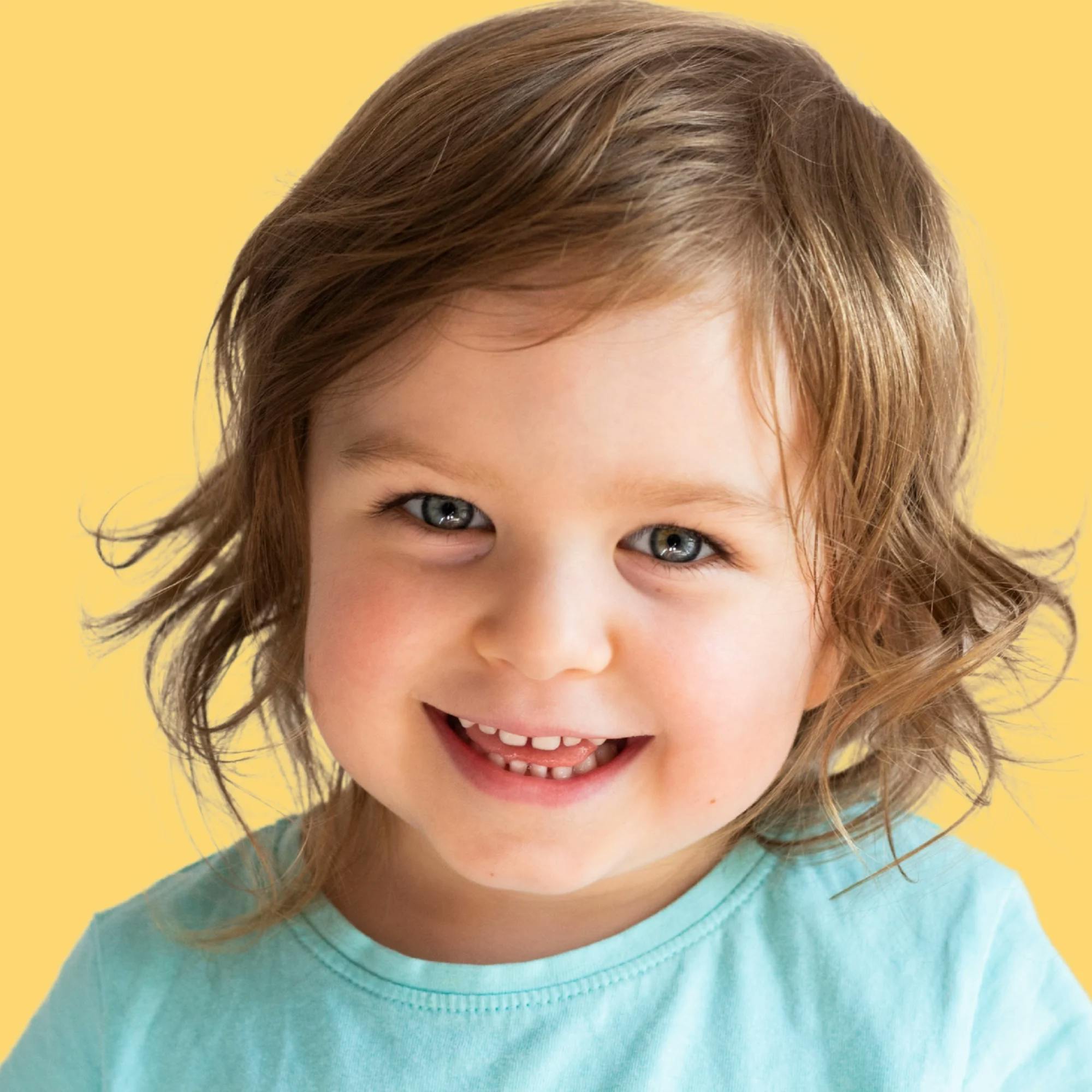
How to Help Your Child with Their Expressive and Receptive Language Skills
 Leanne Sherred, M.S., CCC-SLP
Leanne Sherred, M.S., CCC-SLP
Language problems can be divided into two categories: expressive language disorders and receptive language disorders. Read on to learn what a language disorder is, the signs to look for, and how to help your child with their expressive or receptive language skills at home.
What is a receptive language disorder?
Receptive language is the comprehension of spoken language. As children grow and develop their communication skills, they must first be able to understand language in order to use it themselves.
Children with a receptive language disorder have trouble understanding language. They may struggle to grasp the meaning of what people are saying. Or they may have trouble interpreting the context of written words when reading or writing. This can make it difficult to make sense of the world around them.
Expert language support
If your child has trouble expressing themselves or understanding others, a speech evaluation may be helpful. Take the next step today.
 Find a speech therapist
Find a speech therapistWhat are the symptoms of a receptive language disorder?
A child with a receptive language disorder may have difficulty with:
Following simple conversation
Paying attention during a shared task
Identifying named objects or photos
Following directions
Understanding questions that people ask them
The importance of receptive language
Understanding language is critical to a child’s development. If the goal is to help a child clearly express their wants, needs, and desires, they first have to understand how to engage in conversation and understand what is said. Receptive language is the basis of all of these skills.
This is why catching a receptive language disorder early is so important! The earlier that speech therapy starts, the easier it often is to correct speech or language problems.
How to increase your child's receptive language skills
Here are some simple things you can do for your child if you suspect they have a receptive language delay:
Engage your child in conversation. Even if your child isn’t participating by talking, that’s OK! The point is to get your child paying attention to what you're saying. Talk to your child and ask them questions. Observe their eye contact and nonverbal communication to see if they're learning to engage in the conversation with you.
Ask your child to identify objects or pictures as you play or read together. Provide simple verbal models, such as, “I see the dog!” or “Here is your cup.” This will help increase your child’s receptive language vocabulary.
Give your child directions to follow. Following directions is another big area of receptive language. Give your child simple directions and help your child follow them. For example, easy one-step directions might include “Point to the dog” or “Give me your cup.” Over time you can increase the complexity of the directions you give.
What is an expressive language disorder?
Expressive language is the ability to express your wants, needs, thoughts, and feelings, either with words or with nonverbal language like gestures.
A child with an expressive language disorder may be able to understand what's spoken to them, but they have trouble expressing what they need to say. They may struggle with using new vocabulary words, understanding how to string words together into a clear sentence, or telling a story.
While all communication problems can be difficult for children, expressive language disorder can be particularly frustrating. Often, children know exactly what they want to say, but it doesn't translate into a clear sentence once they begin talking.
Free speech skills screener
Questions are tailored by age and cover all areas of communication. Take our 5-minute online screener and get instant feedback.
 Start the screener
Start the screenerWhat are the symptoms of an expressive language disorder?
Expressive language problems can show up in different ways. Here are a few signs of an expressive language disorder you may see in your child:
Grunting instead of using words
Difficulty gesturing to express their wants/needs
Uses a limited number of speech sounds or words
Difficulty forming phrases and sentences
Difficulty with various types of grammar, like plurals
Difficulty with answering questions


The importance of expressive language
It's easy to understand the importance of having strong expressive language skills. Being able to clearly communicate our thoughts and feelings matters to all of us!
Poor self-esteem and frustration can occur when a child struggles with expressive language. Safety is also a concern if a child can't answer questions clearly or tell basic information like their name and phone number.
These are all reasons we want to catch any language disorder as quickly as possible!


How to increase your child's expressive language skills
If your child has trouble with expressive language skills, there are ways you can to help.
For children who aren’t yet talking, help them imitate early sounds, like /m/, /b/, /p/, /d/, and /t/. Imitation means that you pronounce these sounds for your child, and they repeat the sounds back to you. You can also help your child imitate simple environmental sounds, such as trains and cars, animals, a vacuum, or running water.
After this stage, you can move on to things like imitation of single words, and eventually two- and three-word phrases.
For children who are using simple phrases, work on complete sentences. You can target this in various ways, such as focusing on appropriate sentence structure. Similarly, grammar-related goals like using correct verb tenses, plural /s/, and pronouns all fall under expressive language.
Visit our YouTube channel for a series of videos focused on teaching various types of imitation, along with pronoun usage.
Can expressive and receptive language disorders exist together?
It's important to note that while these types of language disorders can exist on their own, they often exist together. We call this a mixed receptive-expressive language disorder.
Sometimes, if a child’s receptive language is delayed, that can affect their expressive language skills. There can be problems in both areas.
However, simply because a child is delayed in expressive skills doesn't mean that they have trouble understanding language.
Clear as mud, right? The bottom line is this: No two children are the same! There are different areas of strengths and weaknesses in every child. That’s why it's vital for a licensed speech therapist to evaluate your child and create a treatment plan tailored to their needs.


Expressable can help
Expressable speech therapists have treated thousands of children with language delays and disorders. If you’re concerned about your child, don’t hesitate to ask for help. Early intervention can make a big difference. Talk to your pediatrician, or contact Expressable to get matched with a speech therapist.
How Expressable Can Help
Concerned your child isn't reaching age-expected milestones? Looking for communication support from a professional? Expressable is a national online speech therapy practice serving children and adults. We treat all major areas of communication and feeding, offer flexible hours including evenings and weekends, and accept most major health insurance plans. We’re proud to have earned more than 3,000 5-star reviews from our clients (4.9/5 average).
Our therapy model is centered on parent and caregiver involvement. Research proves that empowering caregivers to participate in their loved one’s therapy leads to better outcomes. That’s why we combine live, 1-on-1 speech therapy with personalized education and home practice activities for faster progress.
Communication is more than words. It’s how we share how we feel and show who we are. We’re here to help you or your child do just that.










